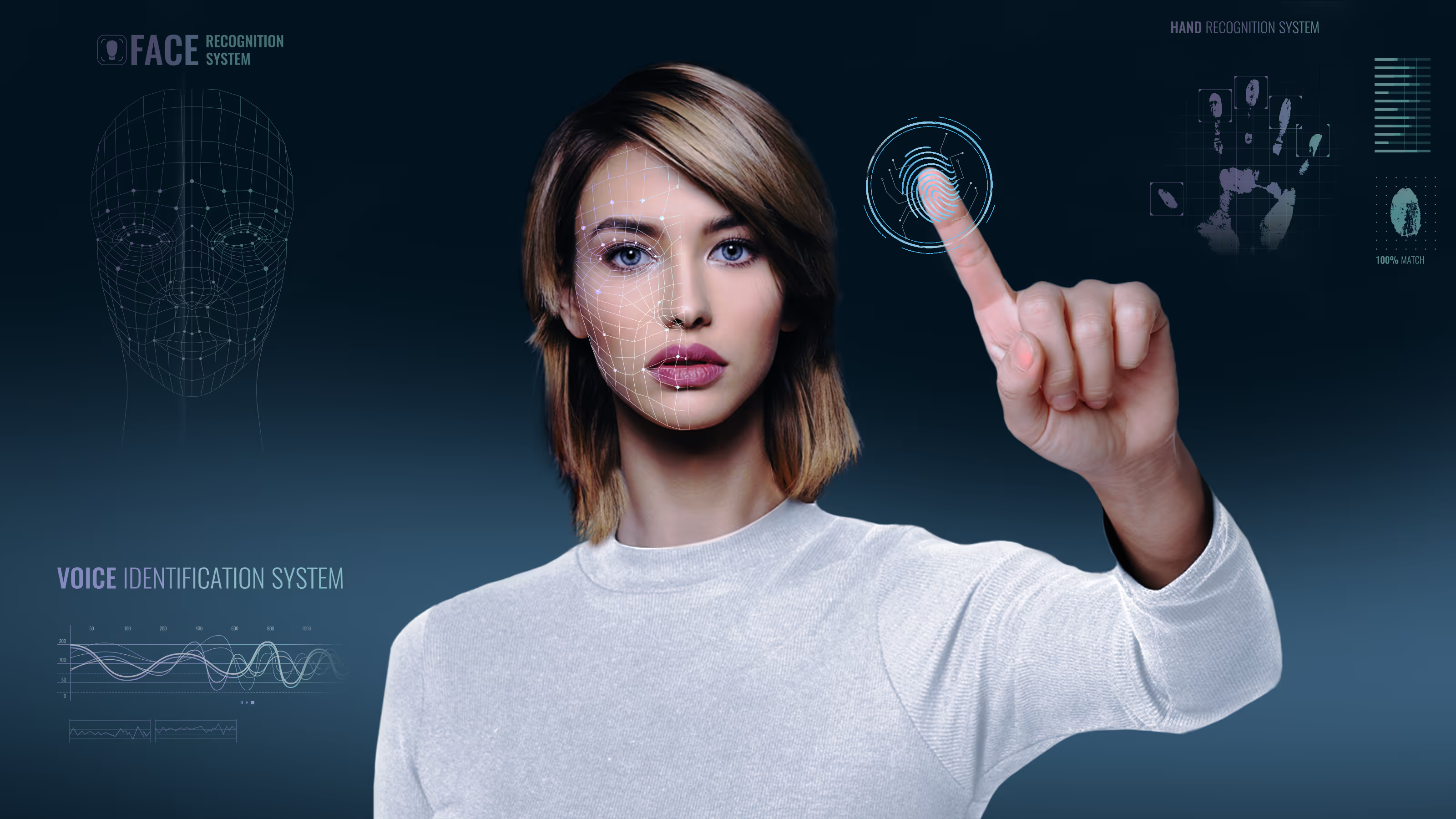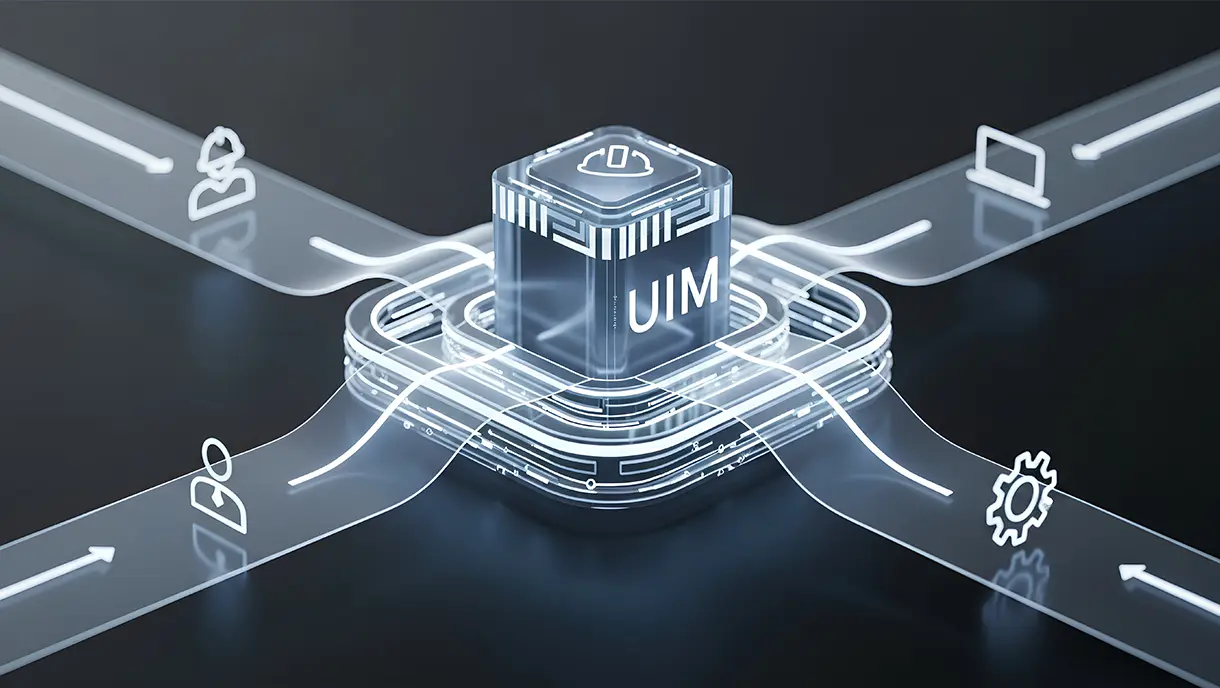The Evolution of Authentication: Embracing Passwordless Security
This blog discusses the shift from traditional password-based authentication to passwordless security methods as a response to growing cybersecurity threats. Learn why passwords are now considered inadequate, how technologies like biometrics and multi-factor authentication offer safer alternatives, and the benefits of adopting these advanced solutions. Gain insights into practical steps for implementing passwordless systems and highlights their advantages in terms of security, user experience, and operational efficiency.

In today's digital landscape, the need for robust cybersecurity measures has never been more apparent. With cyber threats becoming increasingly sophisticated, traditional methods of authentication, such as usernames and passwords, are proving to be inadequate in protecting sensitive data and user identities.
Fortunately, a new era of authentication is emerging—one that embraces passwordless security solutions. In this blog, we'll explore the evolution of authentication methods and the rising trend of passwordless security.
The Inadequacy of Traditional Authentication
Traditional username-password authentication has long been the standard method for accessing online accounts and systems. However, this method is fraught with vulnerabilities. Cybercriminals exploit weak passwords, phishing attacks, and credential-stuffing techniques to gain unauthorized access to accounts.
With data breaches on the rise, organizations are recognizing the shortcomings of traditional authentication and seeking more secure alternatives.
In recent years, high-profile data breaches have underscored the urgent need for stronger authentication methods. From large corporations to government agencies, no organization is immune to the threat of cyber attacks. As a result, there has been a growing emphasis on adopting advanced authentication technologies to protect sensitive data and prevent unauthorized access.
The Rise of Passwordless Security
Enter passwordless authentication—the future of secure access. Passwordless security solutions eliminate the need for passwords altogether, relying instead on more robust authentication methods such as biometrics, multi-factor authentication (MFA), and token-based authentication. By leveraging these advanced technologies, organizations can significantly reduce the risk of unauthorized access and data breaches.
Biometric authentication, in particular, has gained widespread adoption due to its reliability and convenience. Technologies such as fingerprint recognition, facial recognition, and iris scanning provide highly secure authentication without the need for passwords. Similarly, MFA combines multiple authentication factors—such as passwords, biometrics, and security tokens—to provide an additional layer of security.
Benefits of Embracing Passwordless Security
The benefits of passwordless authentication are numerous. Firstly, passwordless security enhances overall security posture by eliminating the weakest link—passwords. Weak passwords are a common entry point for cyber attacks, but with passwordless authentication, this vulnerability is eliminated.
Additionally, passwordless solutions offer a more seamless and user-friendly experience, leading to increased user satisfaction and productivity.
Furthermore, organizations can realize cost savings by reducing the overhead associated with password management and support. Password resets, account lockouts, and helpdesk inquiries related to forgotten passwords can incur significant time and resources. By implementing passwordless authentication, organizations can streamline their operations and allocate resources more efficiently.
Implementing Passwordless Authentication
Transitioning to passwordless authentication may seem daunting, but it's necessary in today's threat landscape. Organizations can start by assessing their current authentication methods and identifying areas for improvement. User education and training are essential components of successful implementation, as users must understand the benefits and proper usage of passwordless solutions.
Additionally, organizations should consider the scalability and compatibility of passwordless authentication solutions with existing IT infrastructure. Integration with existing systems, such as identity and access management (IAM) platforms, is crucial for seamless deployment and management of passwordless authentication.
Learn more about OLOID's MFA solution!
Conclusion
As cyber threats continue to evolve, organizations must adapt their security strategies to stay ahead of the curve. Passwordless security solutions offer a promising alternative to traditional authentication methods, providing enhanced security, improved user experience, and cost savings. By embracing passwordless authentication, organizations can better protect their sensitive data and safeguard their users' identities in an increasingly digital world.
[[pdf-cta]]






Get the latest updates! Subscribe now!




